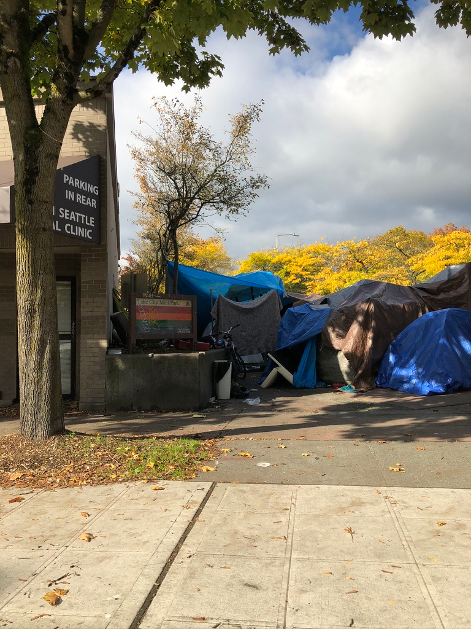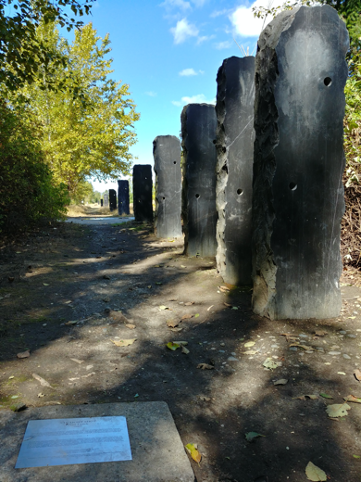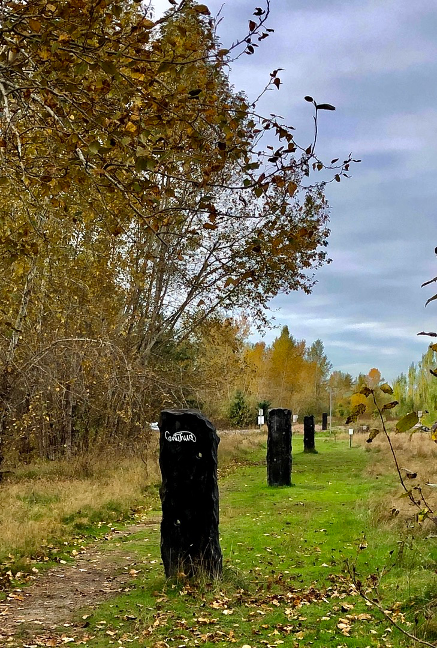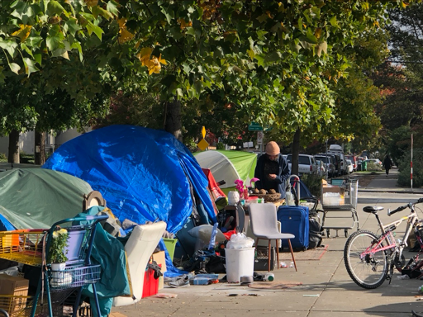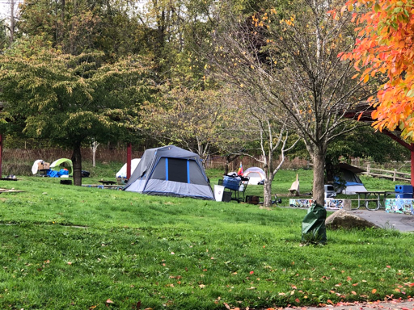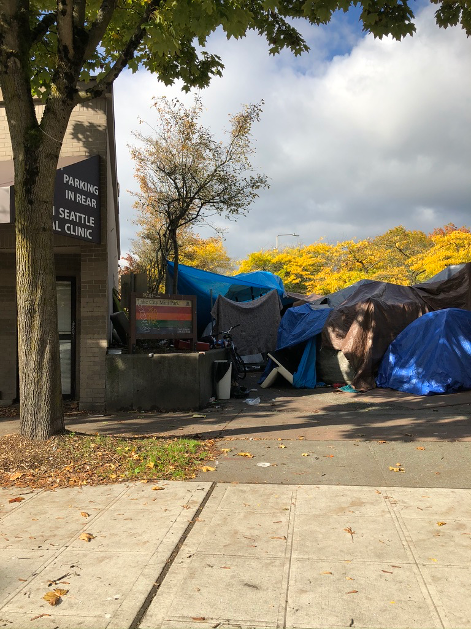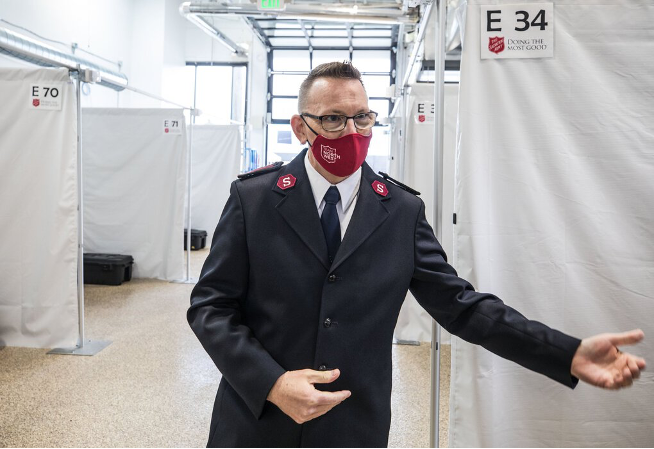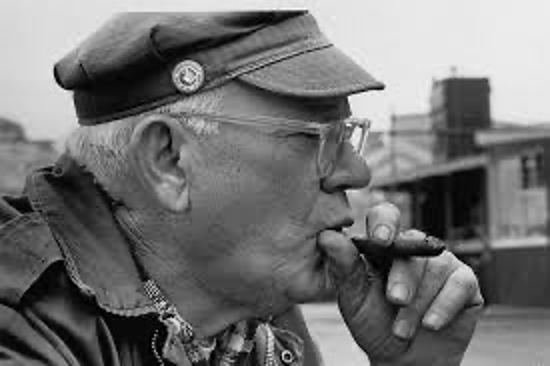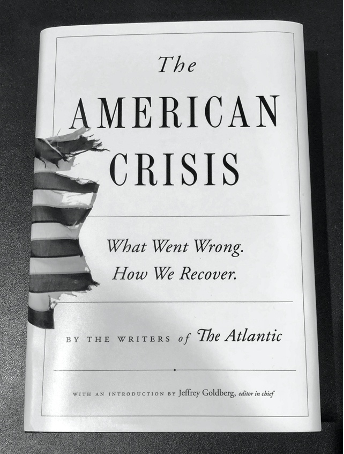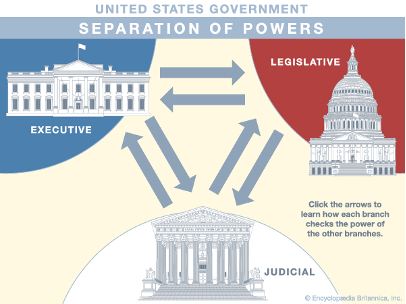
Night before last, in the uncanny way of the unconscious, I woke up thinking about a woman I hadn’t seen in 50 years. In the morning, I Googled her name and was directed to her obituary. It wasn’t that she was a great beauty or broke my heart, but the news is haunting me. We knew each other for a short time when we were starting to grow into the people we would become. Then, we went our separate ways.
Judith Devereux Fayard and I met in Manhattan in 1967. We were both new to the city. She transferred from a Time/Life job in Los Angeles to one in New York, and I left a law firm in LA to be a Pan Am pilot at JFK. I knew her as Judy then, but prefer to think of her now as Judith, the whip smart Catholic-school girl from Mobile who became a Parisian journalist/editor celebrated for her no-nonsense editorial chops and chic fashion sense.
My girlfriend knew her first, but soon the three of us and a few of Judith’s colleagues at Life were hanging out in what Kurt Vonnegut would have called a karass, a network of like-minded people. In those days there were only two ways to live in New York. one was to be rich and the other to live like a student. We lived like students – busses and subways, shared apartments, free plays, concerts in Central Park, chamber music at The Cloisters, and Ladies Night at bars with no cover charge.
Judith shared her geography with two other originals – she and Truman Capote were both born in New Orleans but grew up in Alabama and, like Jimmy Buffett, her high school years were lived in Mobile. She was whip smart and ambitious – a National Merit Scholar in high school and Phi Beta Kappa in college – and took the job with Time/Life in LA as a first step in her pursuit of a serious career in journalism.
I lost the connection around 1970, about the same time she wangled a temporary assignment in Paris. She stayed there as bureau chief until Life closed its door in 1990. She followed up as a freelancer until she was landed the job of Editor in Chief at Women’s Wear Daily. Later gigs followed with European Travel and Life, Where Magazine, France Today and as an arts contributor to the Wall Street Journal.
In New York we spent hours talking books, art, and how much we both loved Paris. She knew she wanted to live there and made it happen. Shortly after her move to Paris I moved to Berlin, but when I tried to find her Paris address I ran into a series of blind alleys. Pre-Google it wasn’t that easy, but I wish I had tried harder. It would have been fun to compare notes.
I don’t think she ever married though I know men found her very attractive – always au courant and stylish. I picture her as one of those women who get better looking as they grow older. She had the bones and good skin that are a prerequisite. There is an online picture of her as a contestant on The Dating Game from the time I knew her. She’s cute but hadn’t yet grown into her looks. A mutual friend in Paris is looking for a picture of the older Judith. I hope she finds it. It might help close the circle.
She died of lung cancer a year ago in August after a six-year battle with the disease. During those years she assisted French cancer researchers and worked with immuno-therapists in clinical trials for small cell lung cancer. She wasn’t one to give up easily.
She and I were never involved romantically, just good friends, but I can’t seem to shake off the news of her passing. This morning I heard a Leonard Cohen song that pinged for me. Hey, That’s No Way to Say Goodbye was written in 1967, the year Judith and I met, and it sums up how I feel about not having had a chance to say goodbye. Writing this helps, but it also makes me wish we had reconnected. She was a woman who actually got to live her dream.
RIP Judith Fayard. RIP.
Paris photo courtesy of Judith’s friend Harriet Welty Rochefort










